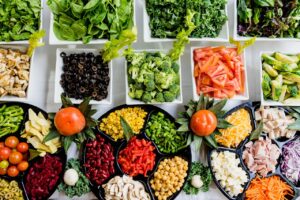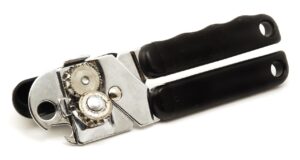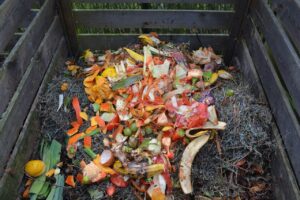Red Volcano Textured Healthy Ceramic Nonstick 12 Piece Cookware Pots and Pans Set

NutriChef 14-Piece Nonstick Cookware

GreenLife Soft Grip Healthy Ceramic Nonstick

Gotham Steel Pots and Pans Set

15-Piece Nonstick Kitchen Cookware Set

GreenPan Valencia Anodized Healthy Ceramic Nonstick 16 Piece Cookware Pots and Pans Set

AHEIM Pots and Pans Set, Aluminum Nonstick Cookware Set

GreenPan Reserve Hard Anodized Healthy Ceramic Nonstick 10 Piece Cookware

Ecolution Easy Clean Non-Stick Cookware, Dishwasher Safe Pots and Pans Set

NutriChef 13 Pcs. Nonstick Kitchen Cookware

MICHELANGELO Pots and Pans Set, Stone Cookware Set

Induction Kitchen Cookware Sets

ESLITE LIFE Nonstick Granite Cookware Sets

Calphalon Premier Space-Saving Stainless Steel Pots and Pans, 10-Piece Cookware Set

Legend Stainless Steel 5-Ply Copper Core

GreenLife Soft Grip Healthy Ceramic Nonstick 16 Piece Cookware Set

Xeeyaya 16 Pieces Kitchen Removable Handle Cookware Sets





